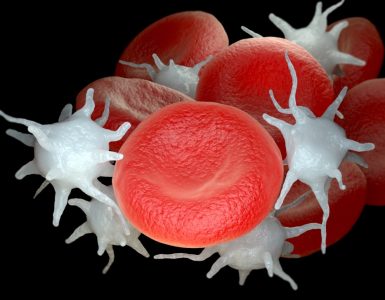All eyes in oncology were focused expectantly last week on the tranche of clinical data that trickled out in advance of the sector’s largest and most meaningful meeting. But abstracts from the American Society of Clinical Oncology (ASCO) painted a disappointing picture for two heretofore promising biotech drugs that were seeking validation, either by disrupting or partnering with market leaders.
Take the case of Mirati Therapeutics, whose recently filed KRAS inhibitor adagrasib is aiming to leapfrog Amgen’s first-in-class KRAS blocker Lumakras, approved a year ago. Top-line data released last week showed that, in one hard-to-treat subset of lung cancer, the newer drug is largely on par, if not slightly worse, than its predecessor.
In a Phase 2 KRYSTAL-1 study evaluating adagrasib in previously treated patients with non-small cell lung cancer, Mirati reported an overall response rate (ORR) – or the proportion of patients whose disease decreased – of 43%. Lumakras’ label, by comparison, shows an ORR of 36%.
The length of time patients survived without their disease worsening was roughly even, 6.5 months for adagrasib versus 6.8 months seen by Amgen in its own trial.
However, adagrasib’s results appeared less durable over time. The median duration of response (mDOR), a measure of how long the disease was held at bay, trails that of Lumakras, 8.5 months to 10 months.
Based on these comparisons, Leerink analyst Andrew Berens wrote in a note to investors, adagrasib “does not appear to be notably differentiated” against Lumakras in the setting of patients with non-small cell lung cancer tied to mutations in the KRAS gene. As such, adagrasib “may have difficulty gaining meaningful market share as a second-to-market opportunity in the [second-line] setting.”
Evercore ISI’s Umer Raffat observed that adagrasib also lags Lumkaras in terms of safety profile, with two times as many patients experiencing diarrhea as the number reported by Amgen in a pivotal study. Ditto for nausea (three times as many) and vomiting (six times as many).
Adverse events, always an issue with cancer drugs, could weigh further on adagrasib’s market potential. If given an option involving two drugs that are largely comparable save for GI tolerability, most patients would pick the one with less severe side effects. That said, Raffat noted that Mirati has seen tolerability improvements after patients were switched from a capsule to a tablet formulation.
Then there was the initial clinical data from the Phase 1/2 DREAMM-5 study evaluating SpringWorks Therapeutics’ nirogacestat in combination with GlaxoSmithKline’s Blenrep in patients with relapsed or refractory multiple myeloma.
Blenrep was approved in 2020 as the first antibody drug conjugate for BCMA-targeting in multiple myeloma. It’s been associated with severe ocular toxicity, which leads to compliance issues.
GSK has been exploring ways to address that through several combination studies. The aim of pairing the drug with nirogacestat was to increase surface expression of BCMA in hopes that the drug would bind better to cells.
The problem with the data set released last week was that the study, designed to compare the two-drug combination to Blenrep alone at the labeled dose, appears to show ORR is worse with the Blenrep/nirogacestat pairing (38%) than with Blenrep (50%) in the labeled-dose arm.
The disappointing news came on the heels of a readout from another trial, the DeFi Phase 3 trial, which tested nirogacestat in patients with desmoid tumors. Results showed that the drug improved PFS and was generally well-tolerated, but was associated with ovarian dysfunction in women of child-bearing age.
The market treated both SpringWorks and Mirati as ASCO losers, punishing their stocks the morning following release of the abstracts. The selloffs translated into billions of dollars of market value lost.
Then again, forthcoming trials could afford a measure of vindication. Despite its second-to-market status, Mirati hopes adagrasib can yet distinguish itself through its ability to penetrate the brain, where lung cancer often metastasizes. Late-breaking data due to be presented at ASCO on June 6 will demonstrate how well the drug crosses the blood-brain barrier to treat patients’ brain lesions.
Moreover, a much larger sales opportunity lies in the ability to combine with Merck’s immunotherapy Keytruda, with analysts saying that this could determine the eventual KRAS winner. An FDA decision for adagrasib is expected in December.
In the case of SpringWorks’ nirogacestat, full data from DREAMM-5 will be presented on June 4. The drug, however, seems to look worse than its control arm.
The company plans to initiate new sub-studies to evaluate it in combination with standard-of-care treatments in multiple myeloma. Those data presumably won’t be forthcoming before year’s end.
ASCO runs from June 3-7 in Chicago and online.










